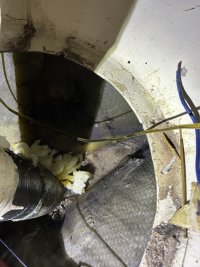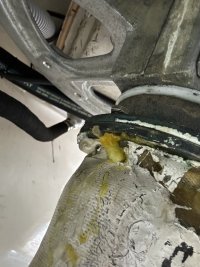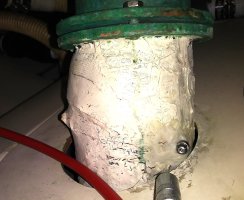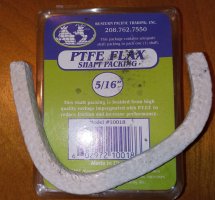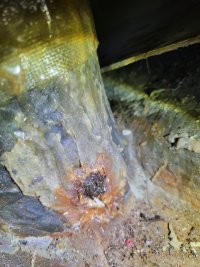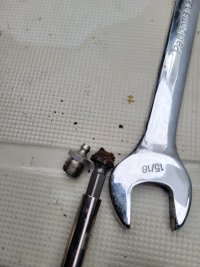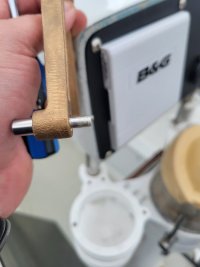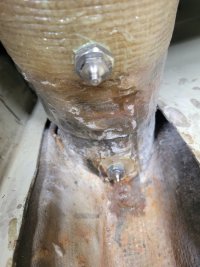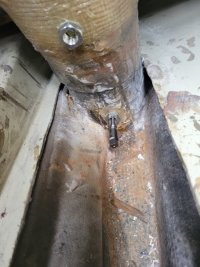Well, I just noticed I have a similar problem. I was checking for leaks around the stern thru-hulls and was surprised to find a bunch of grease had collected in the well around the rudder post. I had added grease last fall but failed to notice that it had been coming out because the grease leak is at the very back of the rudder post making it nearly impossible to see unless you make a full body commitment to get back in there. Looks like it's only a small void so I am not going to worry about it for now unless it looks like its leaking significantly or getting larger.I noticed that, too. The grease is coming out of the joint between the bronze and the tube. That seal, bronze to tube, was created by the factory with 5200, there is no mechanical fastening. If the bronze rotates or lifts easily, it will need to be re-bedded, which is a different issue.
But probably the grease will fill the gaps.
Probably it was due to a poor job spreading the 5200 or whatever sealant they used to bond the gland to the tube. It is in the way back end after all.
